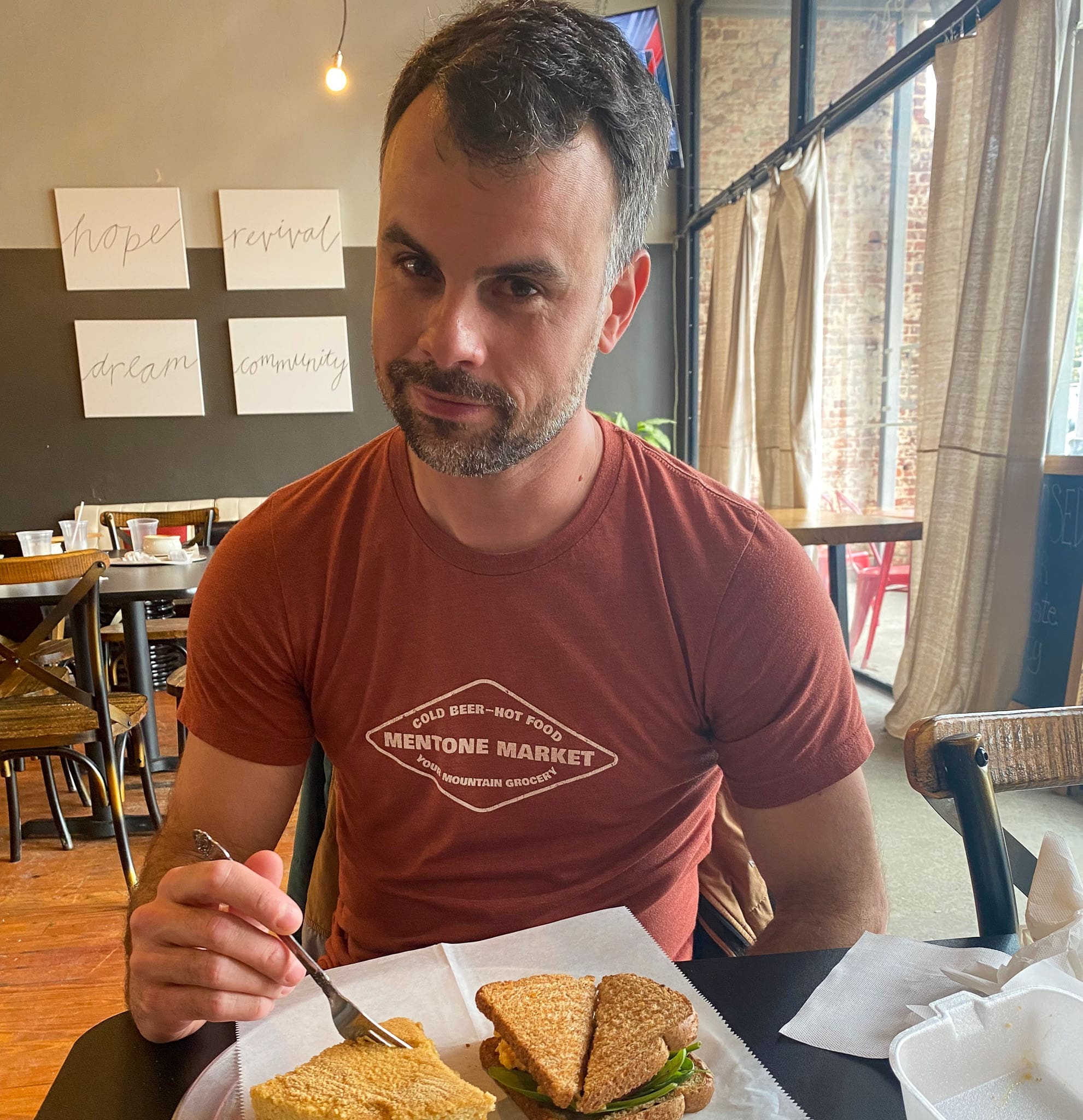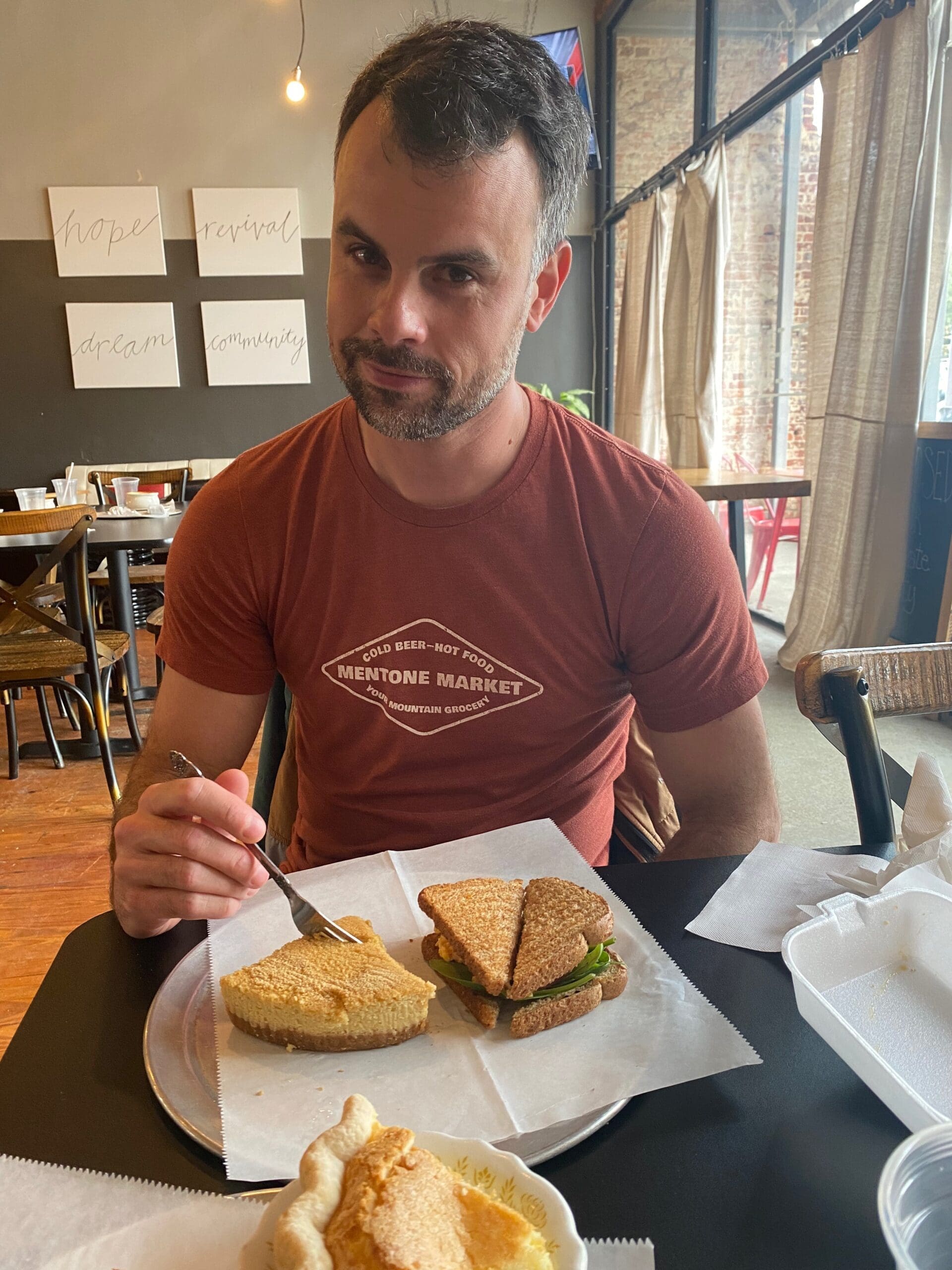If you’ve spent a decent amount of time outside of the South, then you’ve probably noticed that people who aren’t from here don’t think much of Alabama. When asked why, they generally have little to offer beyond a vague prejudice rooted in what they know from the 1950s. Tellingly, I have yet to meet a critical outsider who has actually been here.
Because here’s the thing: Alabama is a place of wonders.
We are, for example, the most biodiverse state in the country — and no one else even comes close. We house the decaying remains of one of the most globally prosperous — and infamous — civilizations in recent human history. We also offer the traditional cosmopolitan comforts — arts, entertainment, and some of the best food in the country — all without big city traffic. Shoot, we’re even the only state with an alcoholic drink, and a moonshine at that, as our official state beverage.
None of this is to say that we’re perfect. We’re not. But while there are things we can do better, there is quite a bit that we do right.
The purpose of this column, however, is not to win converts from anywhere else. The better we keep the secret, the less likely Birmingham becomes the next Nashville — sorry Nashville, but you know it’s true. Instead, the hope is to remind us all that we live in a special place. And with a little time and gas money, there is plenty to explore and enough adventure here to last a lifetime.
Architecture, Black history and famous pie in Greensboro
Thirty minutes from the nearest freeway, tiny Greensboro quietly rests on the western edge of the state. I’d wager that most Alabamians have never heard of it. And yet, as I considered where to begin our adventures, I could hardly think of anywhere more fitting.
Greensboro is the municipal pin that holds Hale County to the Alabama map, and despite its humble population (ranked 55th out of 67 counties), Hale has spent decades far exceeding all reasonable expectations. Or, as I’ve read it described, “you could make the case that [it] is one of the most famous places no one has ever heard of.”
The story largely begins with Let Us Now Praise Famous Men, a seminal book of photojournalism that gave the country some of its more famous photos of rural poverty during the Great Depression. Drawing inspiration from the book, local photographer William Christenberry rose to national fame in the 1970s and beyond by documenting the decaying landscape of his Hale County youth. In the ‘90s, Samuel Mockbee, a young Mississippi-born architect started Auburn’s Rural Studio architecture school here. Thirty years later, the program has grown to international acclaim, earned a phone book’s worth of awards, and given Greensboro a distinct, thoughtful architectural flavor.
Of course, that’s just the beginning of the story. For a lightly populated spot in rural Alabama, Greensboro has an impressive body of work. In many ways, it captures much of what makes Alabama the place that it is: little discussed, oft overlooked, but teeming with history, beauty and intrigue.
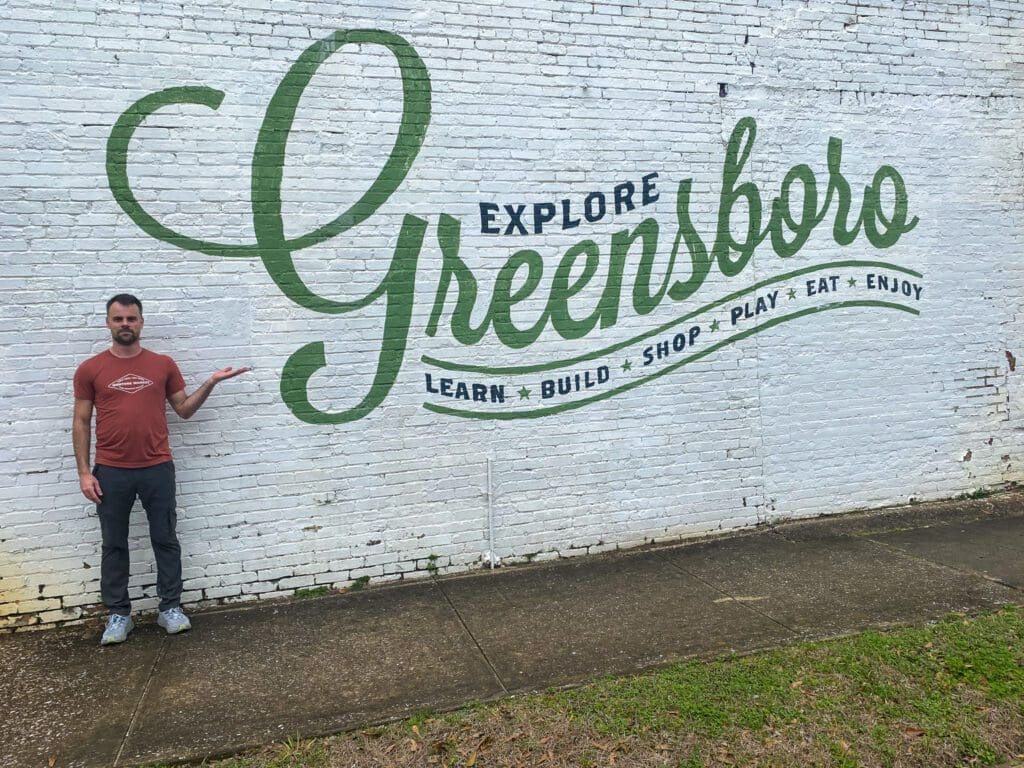
Greensboro! Here we meet your fearless author, ready to welcome you to town. What that mural behind me doesn’t note is that Greensboro was founded in 1823, which makes it exactly 200 years old. Go take a look here if you’re interested in visiting during the bicentennial party, where you can get an inside tour of many of the historical homes. Speaking of which…
Main street, residential end

If you’re into Victorian architecture — and if you’re not…weirdo — then Greensboro’s Main Street is your kind of place. This one, built around 1898, was my favorite because, really, it’s hard to argue with an onion dome. And that tulip tree? C’mon…perfection. And if you want to be extra impressed — and have no shame about being slightly creepy — then check out this Zillow photo from before the current owner started renovating.
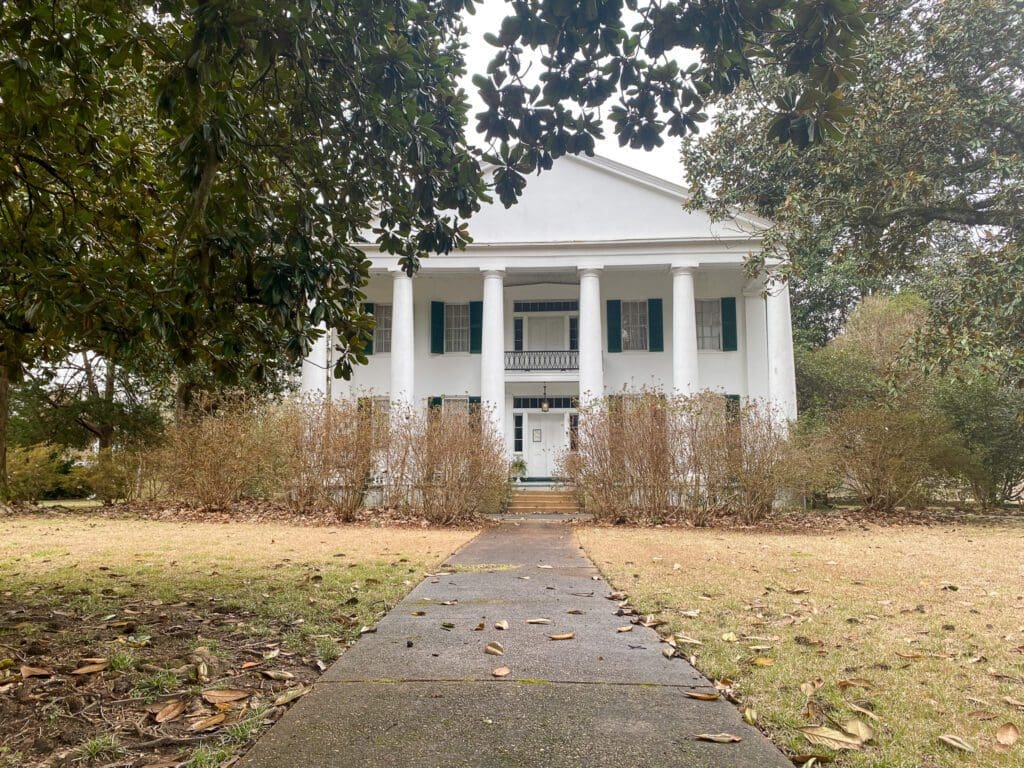
And at the end of Main Street — Magnolia Hall. Yep. It’s an Antebellum. While it’s difficult to know how to feel about beauty that is so historically fraught, I always think it’s worth the visit. Wish we had come when the flowers were in bloom.

To the credit of the folks who run this place, they don’t ignore the ugly history. Here’s the slave quarters out back.
Main street, business district
A couple years or so before YouTube, folks in Alabama used to get their kicks at opera houses. Many are gone, but there are a few left. This one was renovated about 20 years ago. A local guy even filmed a music video there.
Downtown is a mix of active businesses and buildings in a gradual state of collapse, much like this one. See the pressure cracks angling down the bricks at the top?
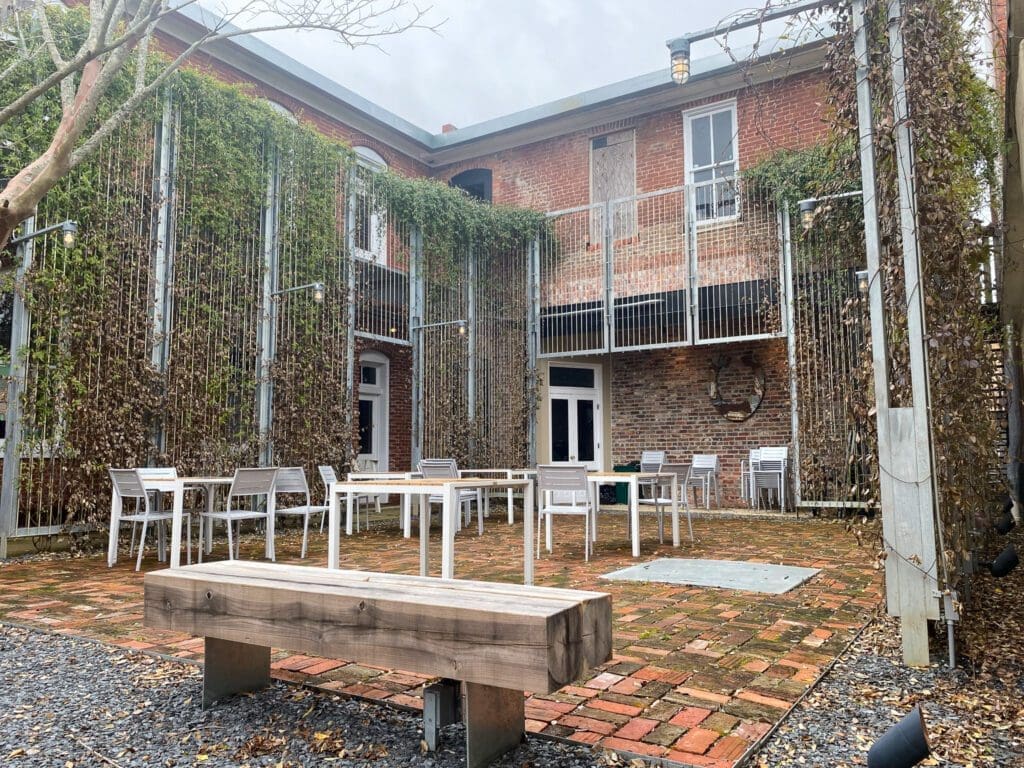
The hidden hanging gardens of Greensboro? Again, surely it would be nice to visit in the spring. I’m not even sure we were supposed to be here, so I suppose I’ll keep the location a secret, but it’s not all that hard to find.
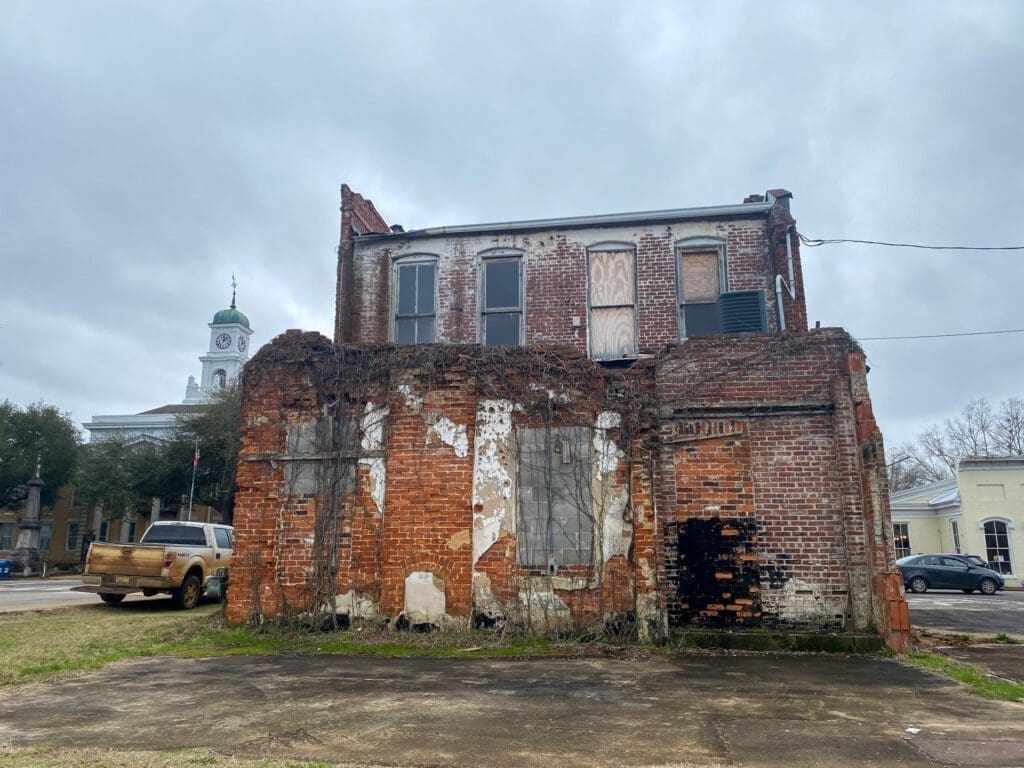
We met a local who described the area as “ruin porn.” Here’s the derriere of a building downtown, with a courthouse sighting to the left. The front is in active use.
Food, glorious food
The Stable. If in Greensboro, this is where I recommend you stop for food. Solid storefront, interior and location on Main Street. But more importantly…
Pie. Greensboro used to house the Pie Lab. It was a nationally recognized joint — I’m not exaggerating: NY Times, Southern Living, James Beard nomination — that closed down during the pandemic. BUT the folks at The Stable bought the recipes. So while I’m sure the salads here are delicious, I recommend you remind your blood sugar who’s the boss. Oh, and that’s key lime on my fork.
Safe house museum
A few weeks before his assassination, MLK visited Greensboro. That night, the KKK came for him. Locals hid him in this house, now a museum created with the help of the Rural Studio, those folks I mentioned in the intro. It seems worth noting that, had he not survived the night, then MLK never would have given his final speech, “The Mountaintop,” in which he famously stated “I may not get there with you.” As Imani Perry points out, one can’t help but wonder if his experiences in Greensboro were on his mind.
MLK gave his speech in Greensboro from this truck bed. Why a truck bed? While MLK often spoke in churches, locals were often fearful as churches were being burned down. A local offered the back of his truck as a substitute platform.
Lions Park, an architectural stroll
A couple blocks south of downtown is Lions Park, also designed by Auburn’s Rural Studio, one of the more interesting public parks you’re likely to come across. Most of what you see here was designed with an extremely low budget and often with repurposed materials.
The Scout Hut. It feels a bit like a stylish, grown-up version of building with Lincoln Logs. If you want to see some photos of it that are way better than the one I took, then wander on over here.
If, like me, you have a small child, then maybe you too end up meandering down random toddler-inspired internet rabbit holes such as “best playgrounds in the country.” If so, then you may have noticed this one at Lions Park shows up on almost every list.
Can you imagine going here when you were a kid? Two thousand 55-gallon oil drums of pathways, climbing, and hidden tunnels for whatever adventures you could have dreamed up.
The park is full of numerous other quirky pieces, such as this Space Age concession stand.
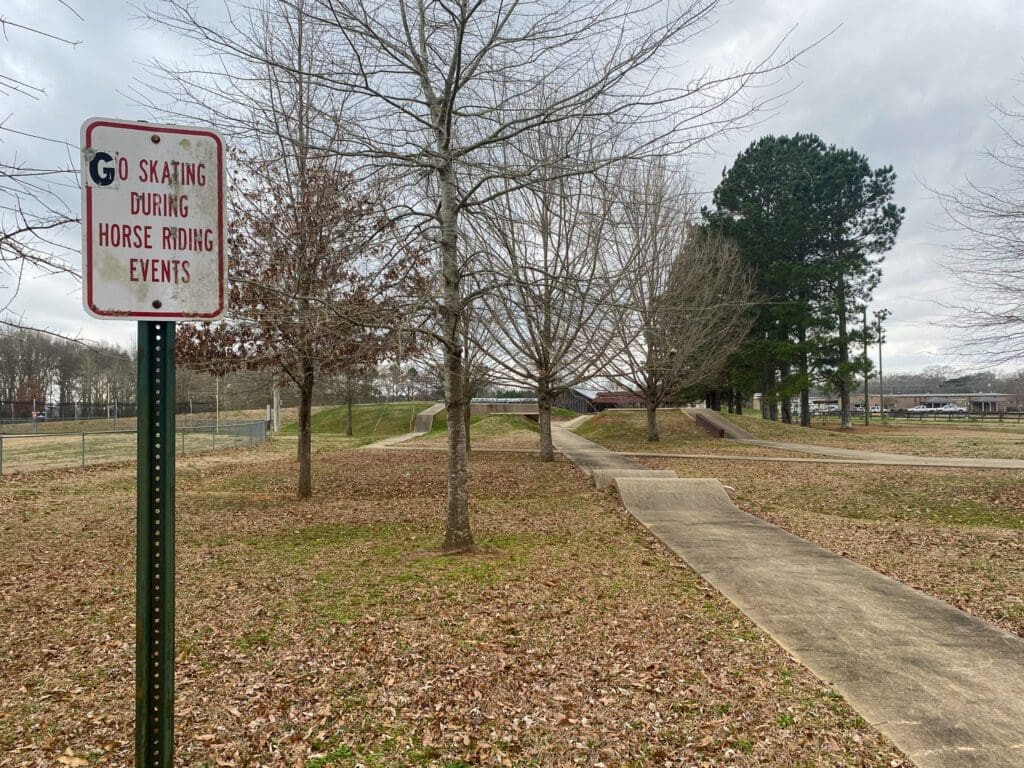
Words of wisdom at the entrance to the skatepark.
Parting thoughts
Conclusions tend to be uninspiring for both authors and readers. At worse, they can come across canned, especially in the loosely defined “travelogue” genre. Think “Greensboro has something for everyone!” or “Pack your bags and head to Greensboro!” Gross. When I created this column, one of the key goals was to offer a personal perspective that always respects my audience — and serving up a copy-and-paste conclusion seems like a betrayal of that.
So I’m doing something different. Every piece, I’ll close with what I’m calling “parting thoughts.” Parting thoughts? What does that mean? Well, I’m leaving it a bit open to interpretation, but I suspect that I will often return home with photos that may not fit neatly into the rest of the article but still carry something ineffable and maybe even poignant about the destination. Perhaps they would simply be cheapened slightly by words. Look, I’m not trying to proclaim greatness here — I mean, have you seen my photos? — but I do think that there’s something to be said for letting each place have the final word, rather than filling that space with empty ones.
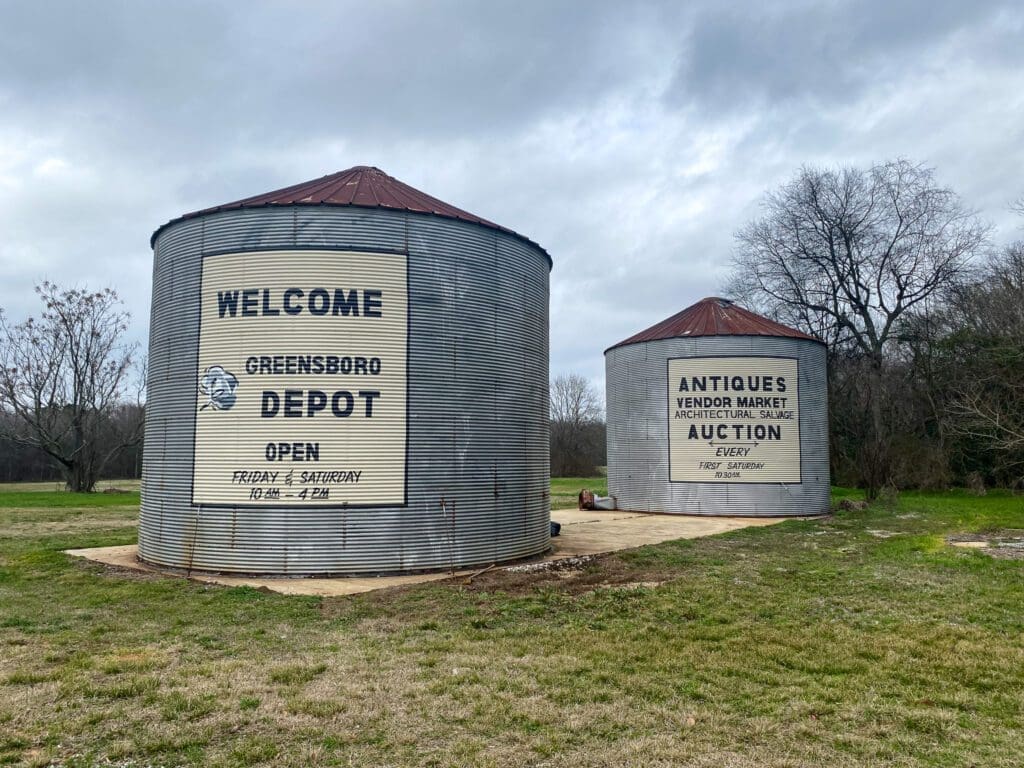


Want to chat about Alabama? Hit Wesley up on Instagram or e-mail him at [email protected].
Thanks are due to the folks at Rural SW Alabama. Their website proved invaluable to planning this piece.
